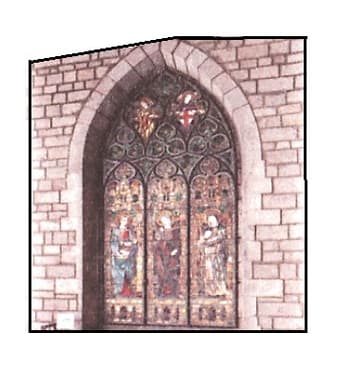Transparent, Opaque, and Translucent Objects
Transparent, Opaque, and Translucent Objects: Overview
This topic describes transparent, opaque and translucent objects. Transparent objects allow light to pass through them. Opaque objects do not allow light to pass through, whereas translucent objects absorb some part of the light.
Important Questions on Transparent, Opaque, and Translucent Objects
Opaque objects are objects that _____ (do not allow light / allows light) to pass through them.
Classify the object given below as transparent, translucent, and opaque.

Classify the object given below as transparent, translucent, and opaque.

Classify the object given below as transparent, translucent, and opaque.

What are transparent, translucent, and opaque objects?
Match the following:
|
Column I |
Column II |
|
(a) A body that allows light to pass through it |
(i) Translucent material |
|
(b) A sheet of red cellophane |
(ii) Non-luminous object |
|
(c) Bouncing back of light from a surface |
(iii) Luminous body |
|
(d) A body emitting its own light |
(iv) Reflection |
|
(e) Moon |
(v) Transparent body |
State whether the following statement is true or false.
Gold is a translucent metal.
Glass is a transparent object.
Frosted glass is an example of _____ object.
(Choose from the following: transparent/ translucent)
A window glass is:
